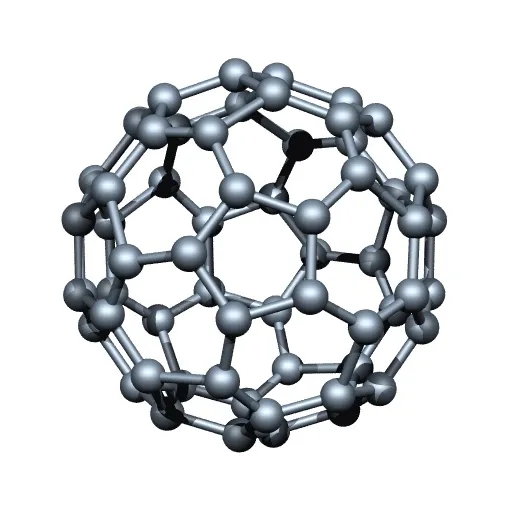Recent advancements in mixed tin-lead (Sn-Pb) perovskite solar cells have shown promising potential for enhancing the efficiency and affordability of solar energy.
However, one of the critical challenges impeding their practical application is thermal instability. A recent study introduces an innovative thermal regulation strategy to address this issue, significantly improving both the stability and efficiency of these solar cells.
Perovskite solar cells, particularly those incorporating Sn-Pb perovskites, are highly efficient and cost-effective, reaching power conversion efficiencies (PCEs) of up to 26.1%. However, these materials have poor thermal conductivity, leading to heat accumulation, accelerated degradation, and reduced lifespan.

To mitigate these issues, researchers have developed a method involving the integration of carboranes into perovskite materials. Carboranes are carbon-boron molecules known for their excellent heat transfer properties. Specifically, ortho-carborane (o-CB) was selected for its low thermal hysteresis and chemical stability.
The incorporation of o-CB into perovskite layers facilitates better heat dissipation, reducing the surface temperature of the solar cells by approximately 5°C under illumination. This thermal regulation is crucial for maintaining the structural integrity and performance of the cells over time. Additionally, o-CB improves hole extraction and reduces charge recombination, further enhancing the efficiency and stability of the solar cells.
These advanced tandem perovskite solar cells also use a tin oxide buffer layer, a silver metal contact and fullerene; the football-shaped carbon molecule pictured.

In practical terms, perovskite solar cells treated with o-CB retained 80% of their initial efficiency after aging at 85°C for 1080 hours. Moreover, all-perovskite tandem solar cells integrated with this thermal regulation strategy achieved efficiencies exceeding 27%. These tandem cells maintained 87% of their initial PCE after 704 hours of continuous operation under illumination, showcasing significant improvements in both performance and durability.
This innovative approach not only enhances the thermal stability of perovskite solar cells but also contributes to their overall efficiency, paving the way for their potential commercialisation. By addressing the thermal challenges, this study marks a significant step towards the practical application of high-efficiency, cost-effective solar energy solutions.
The research from the University of Toronto in Canada and the Qingdao University of Science and Technology in China builds on the success of another research group at the University of Toronto who identified 25.1% efficiency.
Source
Sustainable thermal regulation improves stability and efficiency in all-perovskite tandem solar cells, Nature, 2024-05-16
